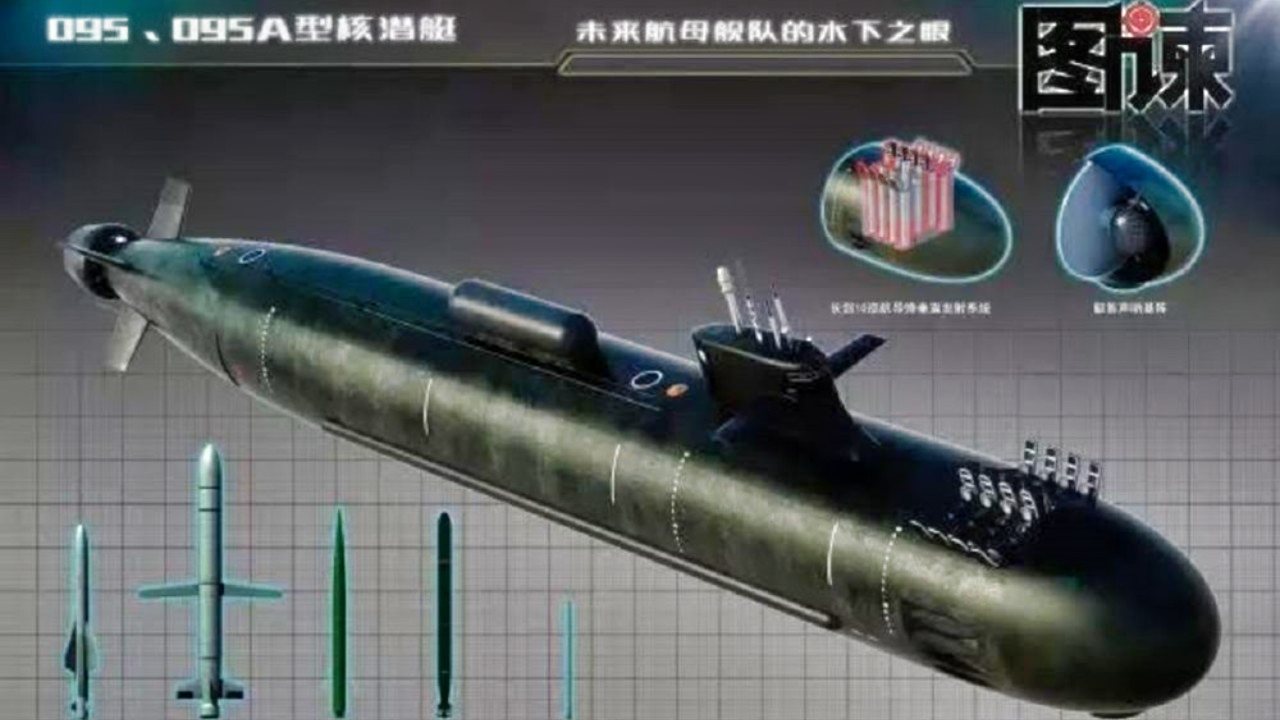Forget Aircraft Carriers: The U.S. Navy is Ready to Send in the Drone Swarms
Drone swarms could play a key role in countering China's naval build-up as the U.S. NAvy seeks to ensure it can stay dominant for decades to come.
The United States Navy is exploring how drone swarms could be a force multiplier. This week, the Defense Innovation Unit (DIU) released a solicitation to industry for the development of Production-Ready, Inexpensive, Maritime Expeditionary (PRIME) small Unmanned Surface Vehicles (sUSV) interceptors that could be employed against an adversary's fleet, and provide Collaborative Intercept Capability (CIC).
"The Department of the Navy has an operational need for small Unmanned Surface Vehicle (sUSV) interceptors, capable of autonomously transiting hundreds of miles through contested waterspace, loitering in an assigned operating area while monitoring for maritime surface threats, and then sprinting to interdict a noncooperative, maneuvering vessel. Interceptors will need to operate in cohesive groups and execute complex autonomous behaviors that adapt to the dynamic, evasive movements of the pursued vessel," the DIU announced in its solicitation.
The U.S. Navy is now intending to swiftly prototype and then demonstrate one or more sUSV interceptors, which could be aligned with robust commercial capacity to manufacture and deliver these sUSVs at scale.
"Additionally, to enable sUSV interceptors to seamlessly cooperate in groups, this Area of Interest seeks solutions for dynamic multi-agent optimization and unmanned systems collaboration through software and/or hardware, allowing a group of sUSV interceptors to coordinate their individual movements and behaviors during execution of a shared task or mission," the DIU added, noting that applications have until February 12, 2024 to respond.
After the reviews and evaluations are complete, a recommendation will be made to determine the selected sUSV interceptor solutions and the selected collaborative multi-agent autonomy solutions.
Drone Swarms: Five Criteria for the sUSV
The DIU has called for a high-rated production – 10 or more vehicles per month, or 120 or more produced annually – beginning as early as spring 2025.
The vehicles are required to be capable of operations in blue-water ocean environments, and the desired performance characteristics include a range of 500-1000 nautical miles in moderate sea states while transporting a payload of 1000 lbs, using diesel fuel. Moreover, each sUSV should be able to loiter for several days while maintaining adequate fuel reserve for return transit, and be able to sprint at 35 knots or faster in low sea states when the mission dictates.
The drones should be able to operate autonomously and safely avoid maritime hazards and collisions with vessels, including during low visibility conditions and/or in a GNSS-denied (Global navigation satellite system-denied) environment, and safely continue the mission if communications with an operations center or control station are interrupted or lost. In addition, the vehicles should be able to autonomously navigate to user-defined waypoints – and employ third-party software and/or hardware for collaborative intercept capability.
Secondary attributes should include the ability to be employed in carry out search missions, and be able to report with high accuracy the tracks of vessels of interest to an operations center or control station, with minimal track splitting or false positives.
The Future of Drone Swarms
The sUSV program is just one part of the U.S. Navy's larger plans for drones. The sea service has already been working to develop its Ship Deployable Seaborne Target (SDST) to carry an explosive, while the United States Marine Corps has been evaluating the Long Range Unmanned Surface Vessel (LRUSV), a semiautonomous vessel capable of extended travel, equipped with UVission's HERO 120 medium-range loitering munition.
Drone swarms could play a key role in countering China's naval build-up.

"This is their effort to try to get some new kinetic, lethal USV[s] fielded that can be employed probably in a western Pacific context – maybe the Strait of Taiwan," naval analyst Bryan Clark told USNI News on Tuesday. "They want to go out to the commercial world and say, 'Alright, what do you got in terms of kinetic, lethal USVs that can be produced at scale.'"
Author Experience and Expertise: Peter Suciu
Peter Suciu is a Michigan-based writer. He has contributed to more than four dozen magazines, newspapers, and websites with over 3,200 published pieces over a twenty-year career in journalism. He regularly writes about military hardware, firearms history, cybersecurity, politics, and international affairs. Peter is also a Contributing Writer for Forbes and Clearance Jobs. You can follow him on Twitter: @PeterSuciu. You can email the author: [email protected].
All images are Creative Commons.

